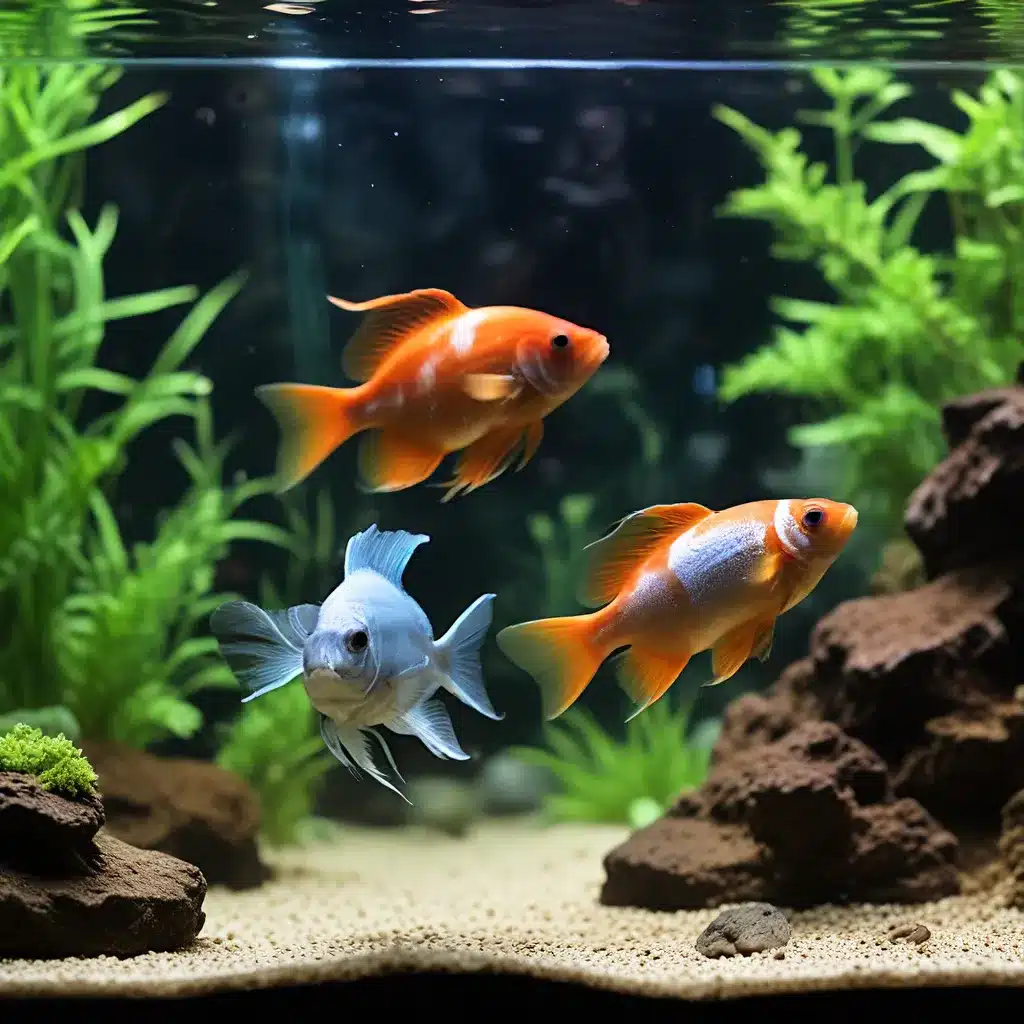
As avid aquarium enthusiasts, we know the joy of creating a thriving underwater ecosystem in the comfort of our own homes. However, even the most experienced aquarists can encounter challenges along the way. In this comprehensive guide, we’ll delve into the most common aquarium problems and equip you with the knowledge and tools to tackle them head-on.
Maintaining Water Quality: The Foundation of a Healthy Tank
The health and well-being of your aquatic inhabitants are inextricably linked to the quality of the water in your tank. Monitoring key parameters such as pH, ammonia, nitrites, and nitrates is crucial for identifying and addressing any water quality issues.
Aqueon’s comprehensive guide highlights the importance of using a high-quality test kit to accurately measure these water parameters. The API Freshwater Master Test Kit is a reliable and economical option that can perform over 800 tests, providing precise color charts and guidance on correcting any unsafe water conditions.
Another useful tool is the API 5-in-1 Test Strips, which can quickly and easily measure key water parameters, including pH, nitrite, nitrate, carbonate hardness, and general hardness.
Tackling Cloudy Water and Algae Buildup
One common issue aquarists face is cloudy water, which can be caused by a buildup of waste or as the natural aquarium cycle establishes itself. A simple solution is to use a water clarifier like API Accu-Clear, which rapidly clears hazy water by clumping small floating particles together for easy filtration.
Alongside water clarity, algae growth is another frequent challenge in freshwater aquariums. To effectively control and minimize algae, consider using a product like API AlgaeFix, which reduces algae growth and controls green water, string, or hair algae without altering pH or discoloring the water.
Balancing pH and Neutralizing Toxins
Maintaining the appropriate pH level is crucial for the health and well-being of your aquatic inhabitants. Aqueon recommends a pH range of 6.8 to 7.2 for a variety of tropical fish, while a pH of 6.0 to 8.0 is suitable for goldfish. If your test results indicate an imbalance, you can use products like API pH Up or API pH Down to quickly and safely adjust the pH levels in your aquarium.
In addition to pH, keeping an eye on toxic compounds like ammonia and nitrite is crucial. If present, act swiftly by performing a partial water change and using a product like API Ammo Lock to neutralize the ammonia or API Aqua Essential to remove both ammonia and nitrite.
Optimizing Filtration and Waste Management
Effective filtration is the backbone of a healthy aquarium, as it removes waste, pollutants, and excess nutrients that can degrade water quality. Reef2Reef’s guide highlights the importance of using high-quality filtration media like API Bio-Chem Zorb, which effectively removes aquarium pollutants, colors, and odors, as well as API Phos-Zorb to selectively remove phosphate and silicate, preventing cloudy water and algae growth.
For new aquariums, the nitrogen cycle can be a challenging process, often resulting in spikes of toxic ammonia and nitrite. To restore safe water conditions, consider using API Nitra-Zorb, a specialized filtration media that removes ammonia, nitrite, and nitrate, providing a reliable solution for both new and established aquariums.
Maintaining a Balanced Ecosystem
Aquarium care extends beyond just water parameters and filtration; it’s about creating a balanced ecosystem that supports the health and well-being of your aquatic inhabitants. This includes factors like appropriate aquarium size, compatible tank mates, and a well-designed aquascaping layout.
By understanding the specific needs of your fish species, plants, and other organisms, you can tailor your aquarium setup to provide the optimal environment for their growth and thriving. Regular water changes, proper feeding, and vigilant monitoring are also essential for maintaining a balanced ecosystem and preventing common aquarium issues.
Troubleshooting Advanced Aquarium Challenges
As your aquarium hobby evolves, you may encounter more complex challenges that require a deeper understanding of aquarium dynamics. These can include issues like fluctuating oxygen levels, disease outbreaks, and nutrient imbalances that can lead to algae blooms or plant health problems.
In such cases, it’s crucial to approach troubleshooting methodically, using a combination of water testing, symptom analysis, and targeted interventions. Reef2Reef’s comprehensive guide provides a wealth of insights and practical tips for identifying and resolving these more advanced aquarium issues.
Remember, every aquarium is unique, and the key to success lies in your ability to observe, analyze, and adapt your approach to the specific needs of your underwater ecosystem. By staying vigilant, utilizing the right tools and products, and continually learning, you can overcome even the most persistent aquarium challenges and create a thriving, visually stunning habitat for your aquatic companions.

